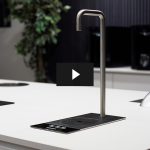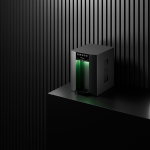The sparkling evolution: Growing trend of carbonated water
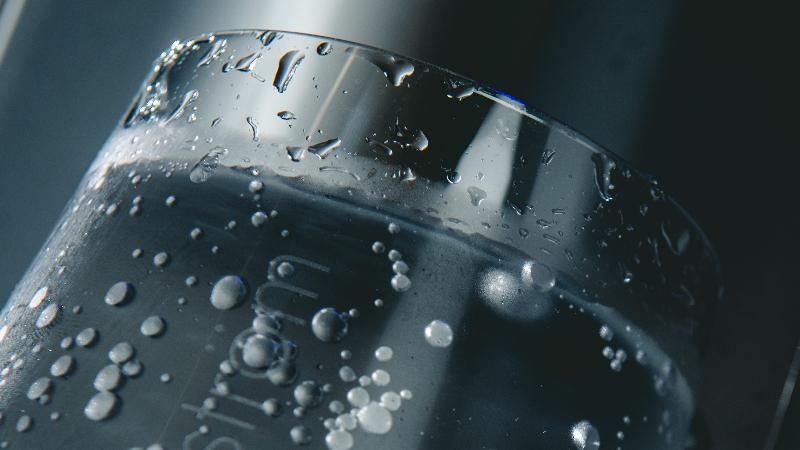
Sparkling water, often dubbed as “nature’s champagne,” has surged in popularity within the beverage industry. But what exactly is this effervescent elixir, and how has it become a staple in hydration routines worldwide?
In this article we’ll describe just what sparkling water is, when it was first discovered and how it’s growing in popularity.
Sparkling water, also known as carbonated water or soda water, is simply water infused with carbon dioxide gas under pressure, creating bubbles that give it a refreshing fizz. Its origins date back centuries to natural sparking springs believed to possess medicinal properties due to their effervescence. Ancient civilisations, including the Romans, revered these bubbling waters for their perceived health benefits.
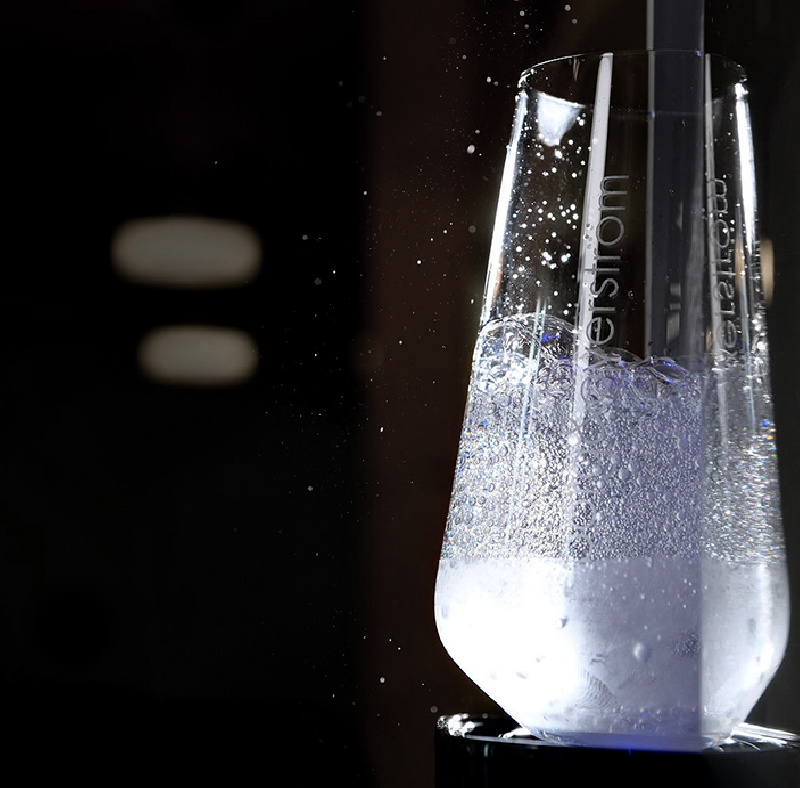
However, it wasn’t until the late 18th century that sparkling water gained widespread popularity. In 1767, English chemist Joseph Priestley invented a method to infuse water with carbon dioxide, laying the foundation for the mass production of carbonated beverages.
Sparkling water quickly became a status symbol among the elite in Europe, with dedicated spas and resorts springing up around natural carbonated springs.
a typical 12-ounce can of regular cola contains 9 ½ teaspoons of added sugars…
Fast forward to the present day, and sparkling water has transcended its aristocratic roots to become a mainstream beverage enjoyed by people of all walks of life. Its surge in popularity can be attributed to various factors, including growing health consciousness and the decline in consumption of sugary sodas.
Consumers are being put off sugary drinks, for instance, a typical 12-ounce can of regular cola contains 9 ½ teaspoons of added sugars; a 20-ounce bottle contains 16 teaspoons of sugar.
With an array of flavours and brands flooding the market, consumers are spoilt for choice when it comes to satisfying their carbonated cravings with sparkling water and with zero sugar, it’s a win-win. In fact the sparkling water market is set to reach USD 85.69 billion by 2030 at a CAGR of 12.26%.
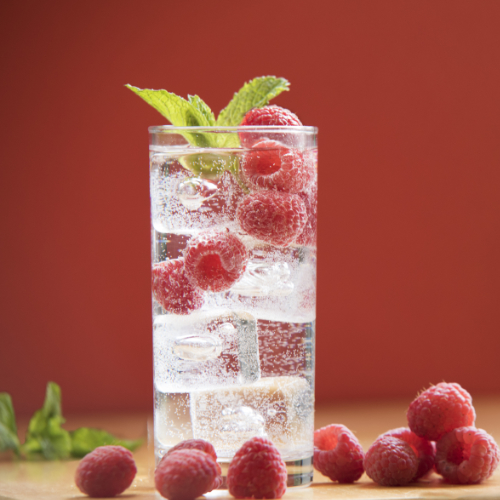
Beyond its bubbly allure, sparkling water offers a myriad of benefits. Not only does it provide hydration like its still counterpart, but its effervescence adds a refreshing twist to quenching one’s thirst.
Many find the crisp, tangy taste of sparkling water invigorating, making it an ideal alternative to sugary or artificially flavoured drinks.
At Borg & Overström we delight in being able to offer sparkling water alongside ambient, chilled and hot water in our t3 tap.
We’ve seen 40% growth in our DeepSparkle® sparkling water systems in the last 4 years, as hotels to workplaces look to please with a more sustainable sparkling water solution.
Borg & Overström indicate a parallel trend for integrated taps, having seen of 37% increase in the last year alone, with sparking water options dominating.
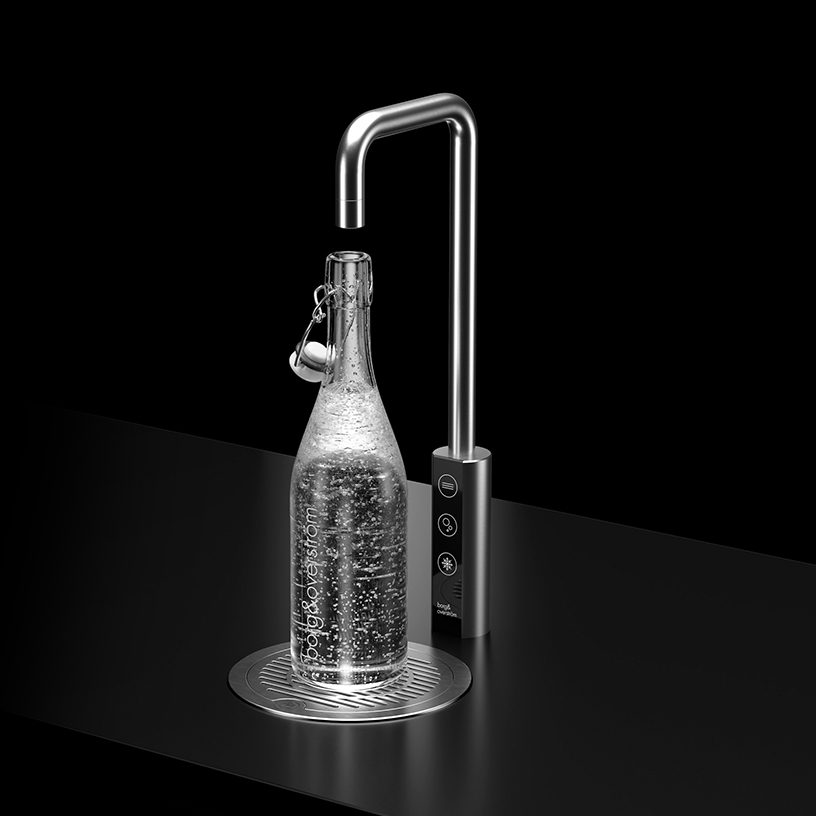
In conclusion, sparkling water has come a long way from its humble beginnings as a natural curiosity to becoming a global sensation. Its journey is a testament to our evolving tastes and preferences, as well as our enduring fascination with the simple pleasure of bubbles dancing in a glass of water.
- A Walkthrough of the T2 Tap System
- A Walkthrough of the Porpoise Tap
- Swap out your existing tap without any additional cutting
- Providing exceptional drinking water within a WELL Standard Certified Building
- Matt black continues to dominate workplace interiors. How to bring sophisticated style to a breakout area with matt black.
- Distributor stories: Introducing the E6 Chilled-only to Kings College Hospital, London with FreshGround
